When I chose Uppsala University for my master’s studies, “Why?” became the most general question asked by everyone around me at the time. Why Sweden? Why Uppsala? Why not somewhere else? … With all these questions I actually started questioning myself about what lead me to take the decision. So here are the main answers I found out myself to my own questions back then and later realized to be so true after getting here.
Hope someone out there struggling with finding out “why?” will be supported by these thoughts and experiences.
University Culture
Being a Sri Lankan, something I will never be able to experience in my country, is a culture like as at Uppsala University. I could have chosen a well reputed ‘modern’ university but I would not have been able to experience the rich historical culture that runs back to 1477 in any of those universities. Uppsala city indeed is a student city. I have found everything here very interesting from student life, nations, interactive classrooms to building architecture and holidays and all. The nations are something I had almost no idea about when coming here but nations play the best and most important part in student life. The nations are historical as same as the university and my opinion is that the best and safest way a student can enjoy nightlife, make friends and have fun is through nation activities. Nation pubs are also the cheapest options for food and drinks for students. So if you really want to experience this unique, historical, truly amazing university life, I assure you that “Uppsala is the place!”
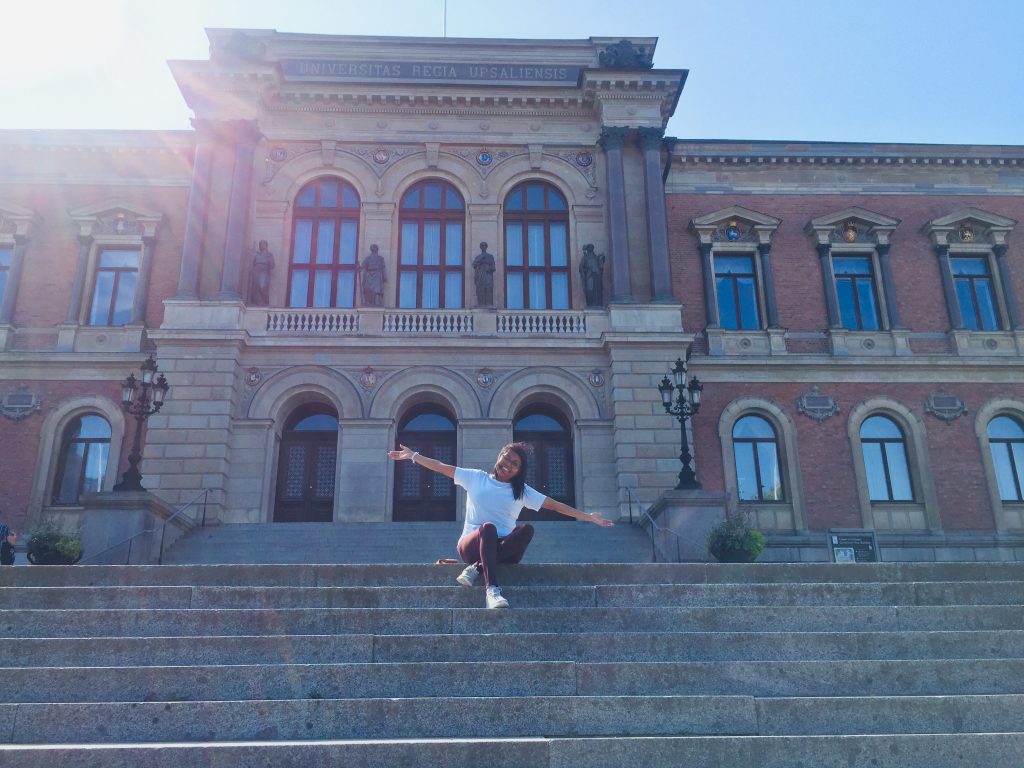
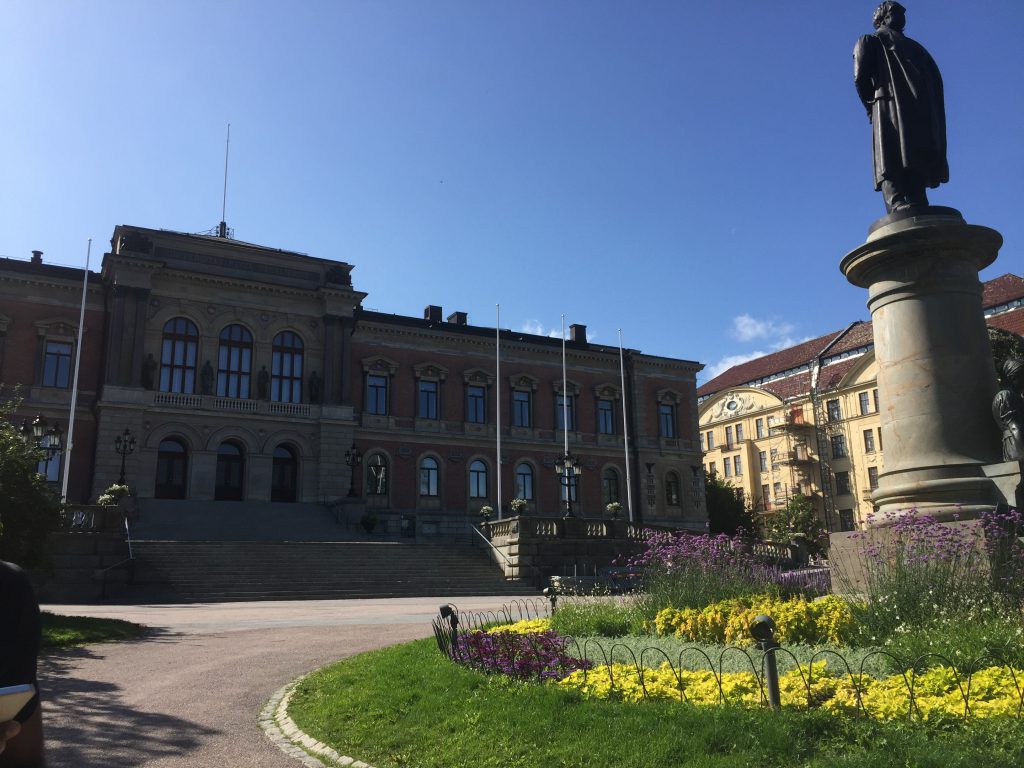
The Calmness
Something a fellow Sri Lankan student told me during our first week here is that it is too calm and quiet here and she doesn’t like it. But honestly for me, it is exactly what I wanted! If you are from a noisy and busy city, you will find the complete opposite environment here in Uppsala. I haven’t still been much out in Sweden but I believe the rest of Sweden is also quite the same. Before planning my studies here I did a bit of research about bits and pieces of everything that I thought would help me prepare and there I read about the overall calmness in this country. I am the type of person who seeks peace of mind and from the moment I got here I have loved how calm and beautiful everything around me is. When I say calm and quiet, it doesn’t mean the city is a ghost town; of course the city is fun and active all the time, but the noise and irritating crowd and busy nature – it’s not there! So simply what I mean is, if you love calmness, this is the best but if you love noise, this is not the best.
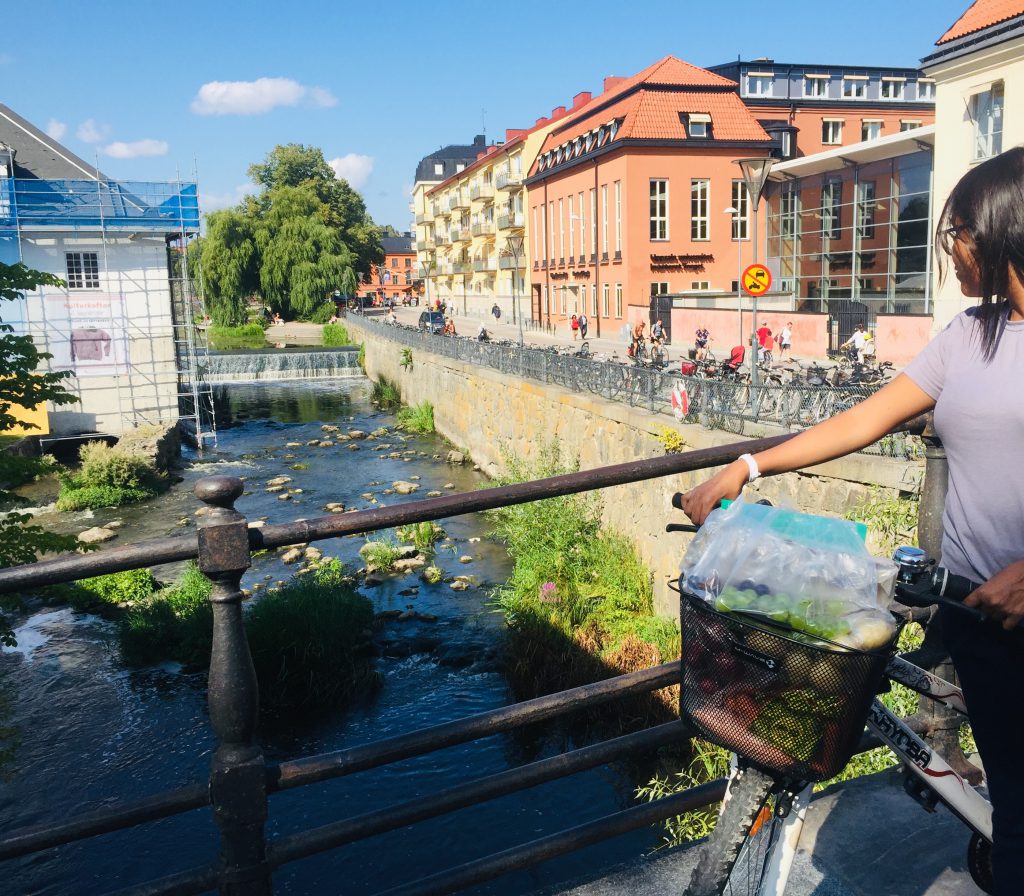
Nature
Back when planning, I have read about how green and sustainable Sweden is; in fact, more than 50% of the country is covered by forest. When I got here during the end of summer, I loved how beautiful everywhere I saw was. The place I got to live – Flogsta, is in the middle of a bit of a forest and I started feeling truly blessed about my new life -surrounded by trees, with a view of a farm from my window and waking up to the sound of a black and white bird tapping on my window (the bird is called Eurasian Magpie I believe). I have never been a person who likes walking or cycling, but after getting here, during the summer, I loved all my walks and cycle rides no matter how long or short they were because the surrounding was so beautiful. Of course the colour has changed from green to yellow and brown and white with the seasons passed, and I take the bus now as it is quite cold these days, but the nature has always been lovely and if you’re a nature friendly person, this place will be your paradise.

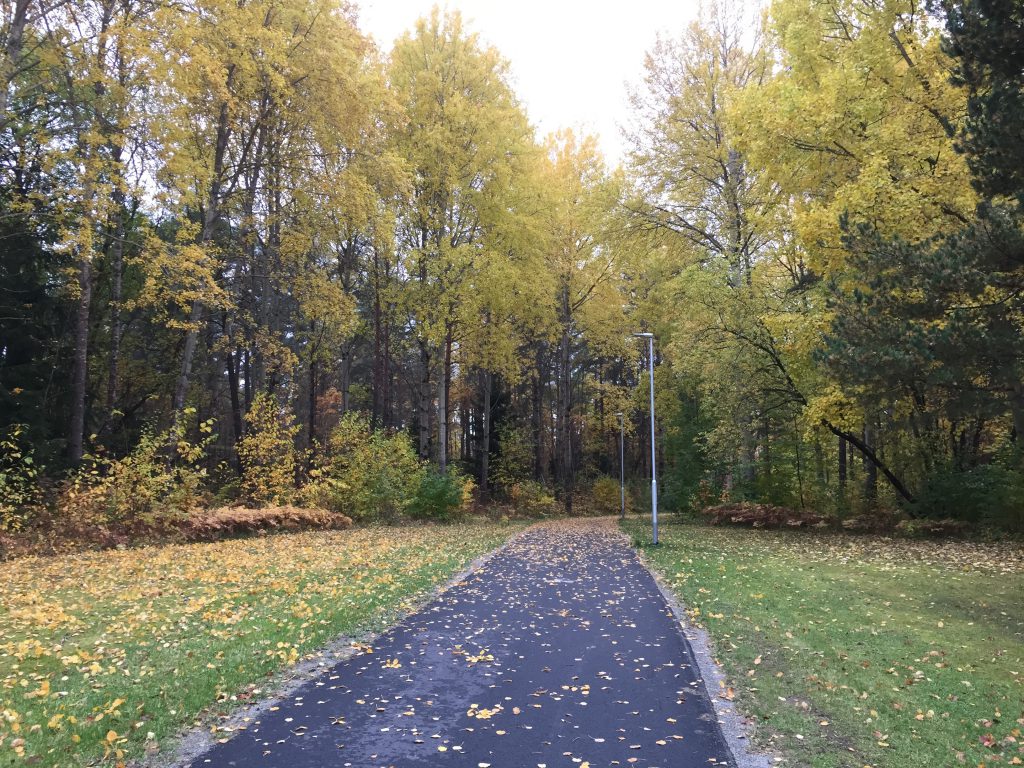
People
From majority of the posts I have read about Sweden, the impression delivered out about Swedes is that Swedes are not friendly. I was never bothered by this as I don’t judge any people by what others say until I get to know them personally as they are. After getting here I realized that what I have read is completely untrue. Swedes are really nice and helpful. I have met people who smiles and greets as they walk down the street and also people who just walks as you or they are invisible. But that’s how people from any part of the world differ from each other. However every Swede I have met and talked so far has turned out to be amazing people and is fun to hang around with. I have met extremely nice Swedish people in the bus who talk to me about their day and want to know about how I’m finding it to live in Sweden. So my advice is, if you’re really bothered about Swedes from what you have read before meeting them, just don’t worry because Swedes are friendly and even though the Swedes are not friendly as assumed (incorrectly) you will meet plenty of other internationals and you will have no problems with people whatever the situation is.
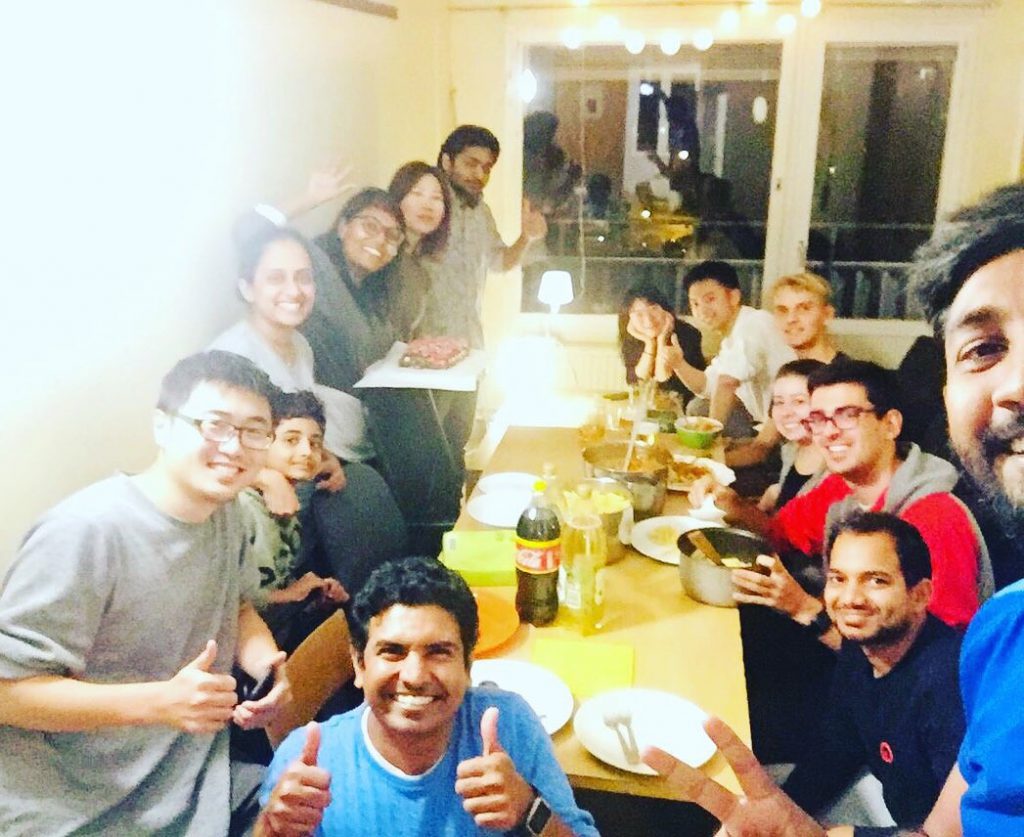
Language
I could have gone to an English speaking country for my studies just to make things easy but I thought of taking up a challenge instead. I thought of the opportunity to learn a new language because I knew that I will eventually learn at least a bit of Swedish during my time in Sweden. When got here, honestly there were times that I regretted this decision because I have got really stuck in situations due to lack of Swedish but still I have survived well and I am improving my language skills. So I don’t regret it anymore and I am so glad that I chose Sweden out of all other countries.
Living cost
This may sound unbelievable but from my experience, I have found the living cost to be comparatively cheaper here in Sweden. This is a major concern everyone had back then in Sri Lanka, including me and my parents because the currency difference is huge in my country and Sweden. But something I have learnt during my time here is that the living expenses compared to the salaries is quite low here. I work in few student nations and the small amount of money I get from these jobs is enough to cover all my monthly expenses.
From my experience as a student here so far, I have got everything I expected – by choosing Sweden and by choosing Uppsala University. It might not be the same experience for everyone but I believe that most of the students here are enjoying their time to the fullest. I’m so glad that I found my own answers to all the “whys” and decided to chase my dream. The student life is challenging in any part of the world and the work load is always there, but as long as you have a better environment to face all the challenges with a smile on your face, you will definitely have the time of your life.
/Shashini


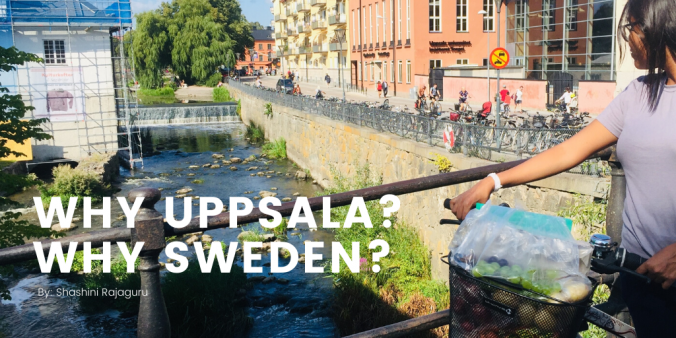
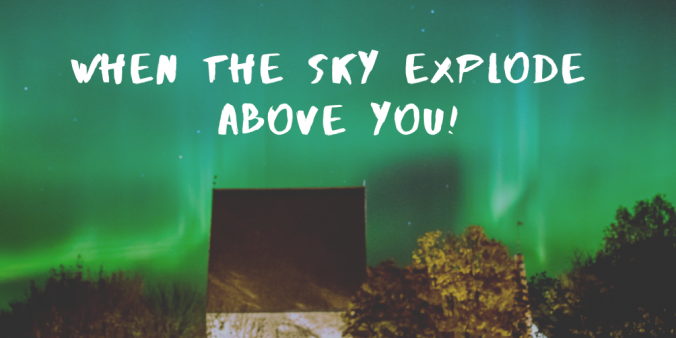
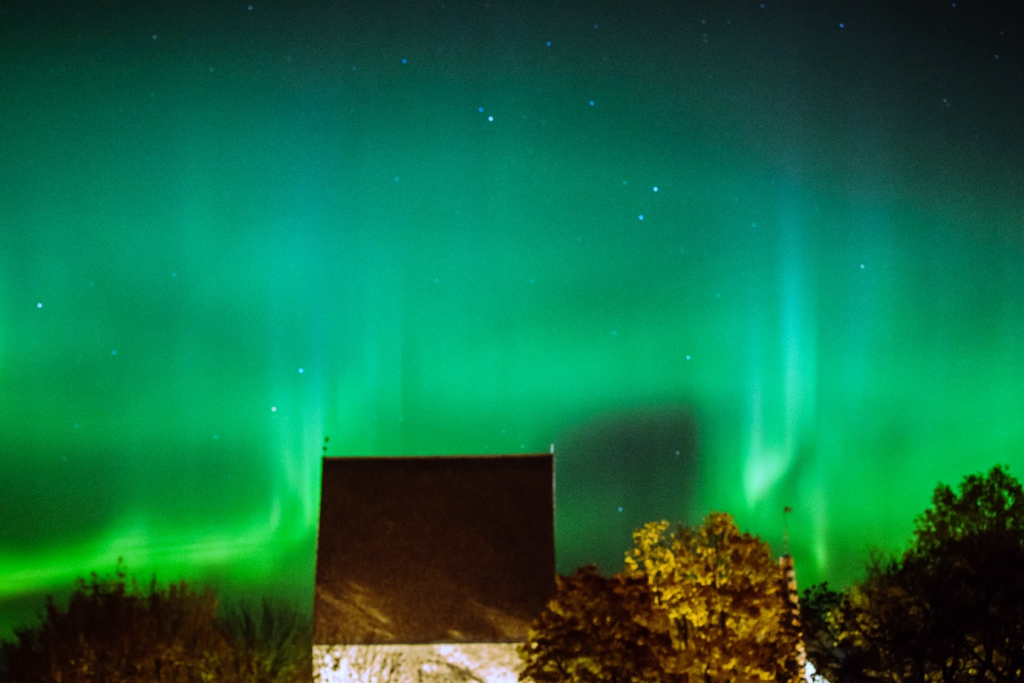
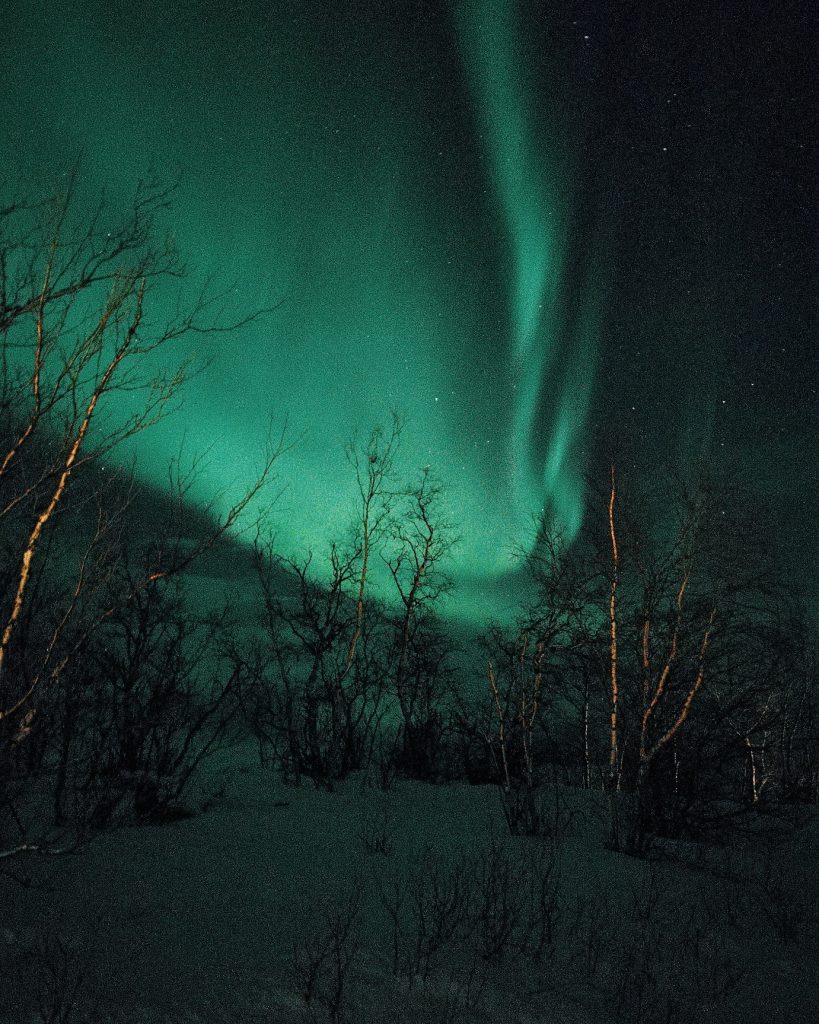
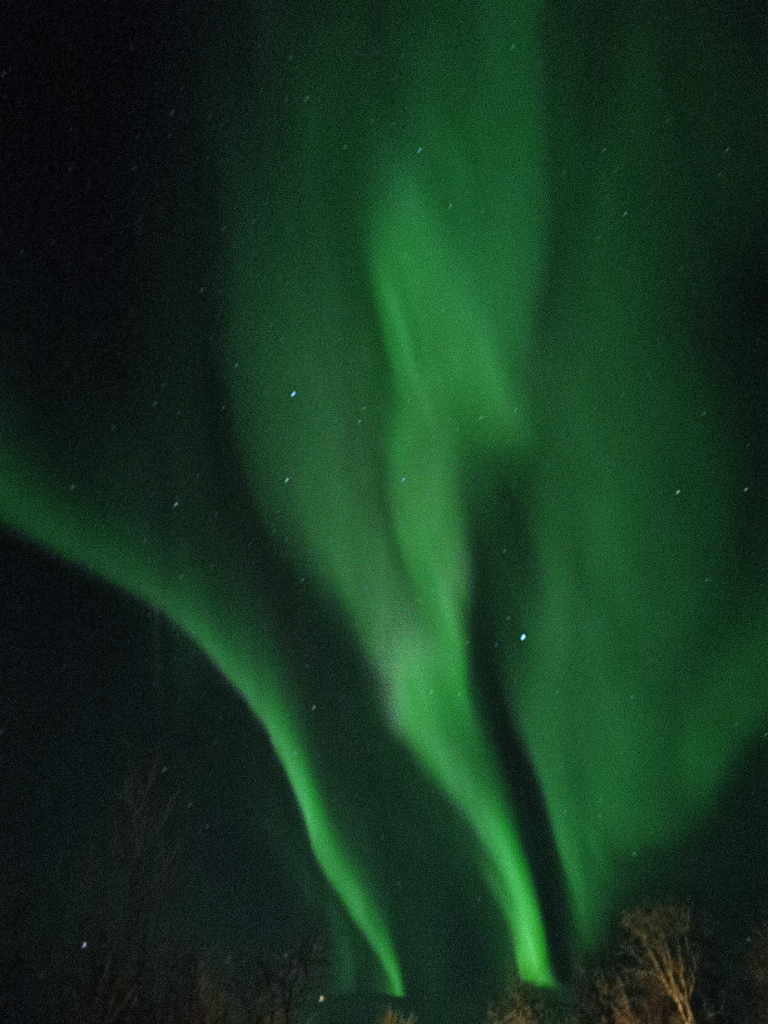
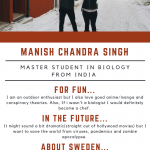
Recent Comments